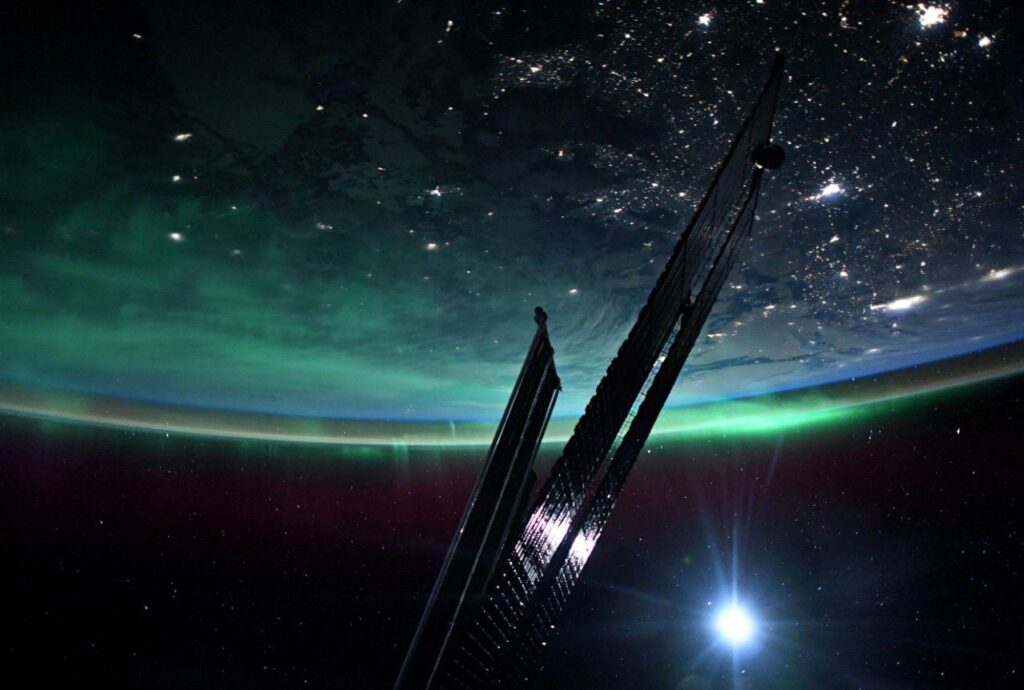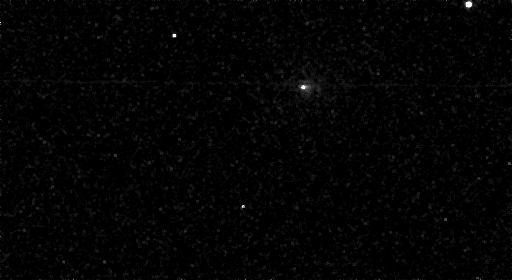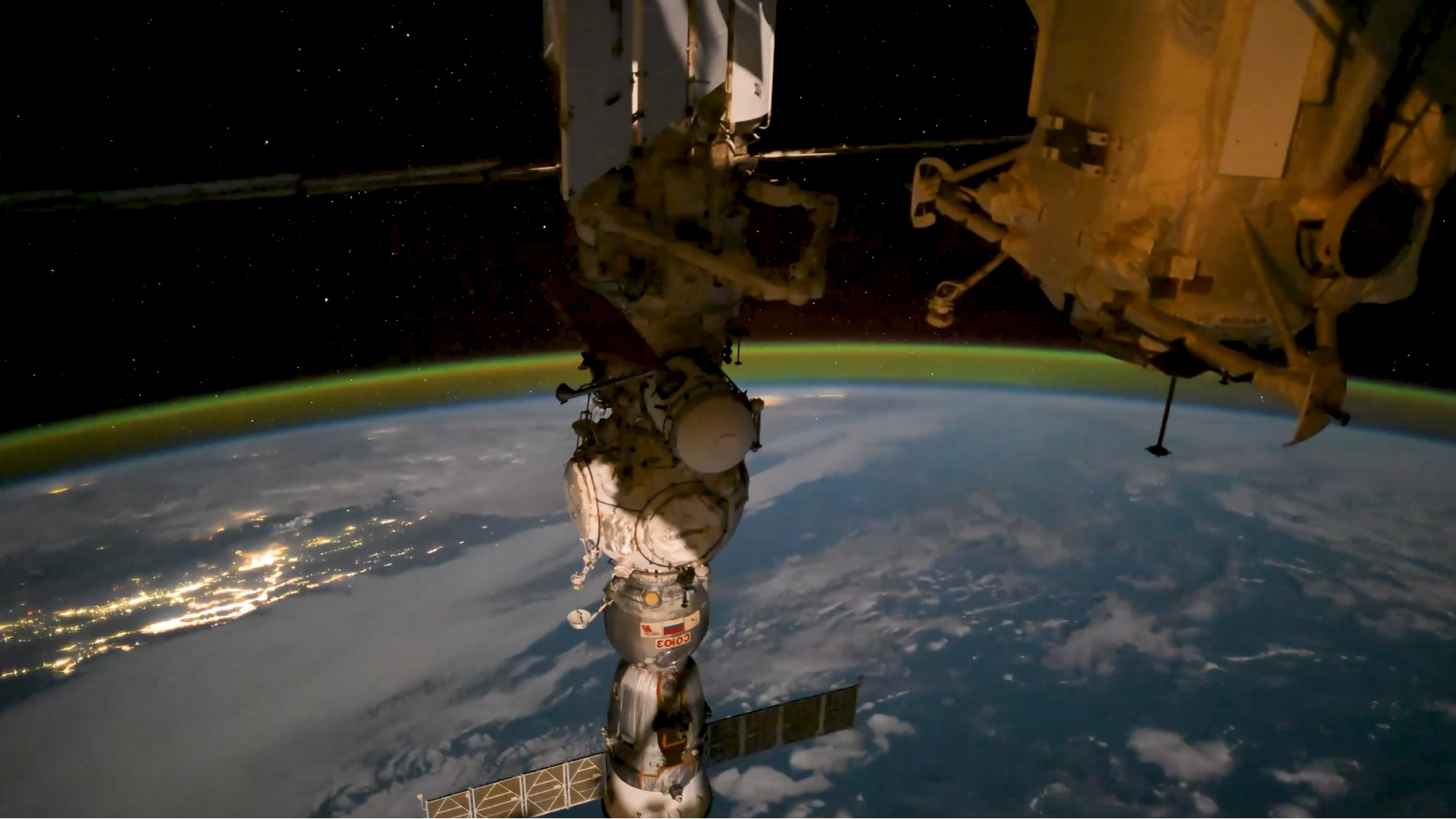Now Reading: Unlock the Magic of Meteor Watching with Tips for the Best Experience
-
01
Unlock the Magic of Meteor Watching with Tips for the Best Experience
Unlock the Magic of Meteor Watching with Tips for the Best Experience
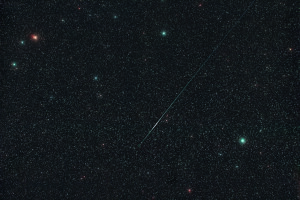
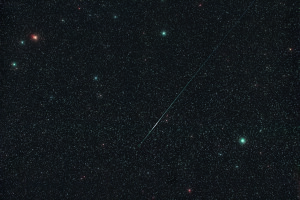
The night sky has captivated countless individuals, often prompting them to make a wish upon a fleeting “shooting star.” But in reality, these dazzling displays are not stars at all; they’re meteoroids, tiny fragments of cosmic debris, which ignite upon entering Earth’s atmosphere. These small particles, varying from mere millimeters to a few centimeters in size, can create brilliant meteors, with a grain-sized piece of this space rock often resulting in a visually striking phenomenon.
Meteoroids primarily originate from comets, which release material as they circle the Sun. As a comet approaches our star, its icy surface heats up, releasing gas and an abundance of dust into the surrounding space. This debris is left along the comet’s orbital path. When Earth’s orbit intersects with these trails, we experience meteor showers as our planet traverses the remnants. These tiny bits of space debris travel at astonishing speeds of 11 to 72 kilometers per second. Despite the thinning atmosphere at altitudes of 30 to 50 miles, there is still sufficient density to incinerate these particles, creating spectacular streaks across the sky.
Meteors are generally categorized into two types: sporadic meteors and meteor showers. Sporadic meteors can be viewed on any clear night and may emanate from various sources, including asteroids, comets, or even artificial satellites. In contrast, meteor showers occur during specific times of the year when Earth passes through a dense cloud of meteoroids associated with a comet. These showers are often named after the constellations from which they appear to originate, such as the Lyrids, which seem to radiate from the constellation Lyra.
For those eager to witness this celestial event, preparation can enhance the experience. While a little patience is key, optimal viewing conditions truly matter. Ideally, you’ll want a clear sky free of moonlight; however, even a crescent moon won’t completely hinder your observations. Escaping light pollution is crucial—dark skies allow for significantly greater visibility of meteors. Surprisingly, the eye is the best tool for observation: using binoculars or telescopes can constrain your view, preventing you from taking in the full spectacle of the sky.
Interestingly, while the radiant point—a focal area from which the meteors seem to originate—can help orient you, it’s beneficial not to focus solely on it. Meteors shooting across the sky further from the radiant typically leave longer trails, creating a more impressive visual.
To elevate your experience further, consider dressing warmly and bringing along a thermos of hot beverage. A comfortable chair can also enhance your stargazing session. You might even want to keep track of your sightings by tallying the meteors or sketching particularly bright flashes.
Throughout the year, several meteor showers present fantastic opportunities to observe these wonders of the cosmos. The most famous of these occurs in August, known as the Perseids, while the northern hemisphere boasts additional prominent showers from October through December, prominently featuring the Geminids.
Ultimately, whether you’re making a wish or simply reveling in the natural beauty of our Solar System’s fireworks display, meteor watching promises to be a thrilling experience.
Stay Informed With the Latest & Most Important News
Previous Post
Next Post
-
 012024 in Review: Highlights from NASA in Silicon Valley
012024 in Review: Highlights from NASA in Silicon Valley -
 02Panasonic Leica Summilux DG 15mm f/1.7 ASPH review
02Panasonic Leica Summilux DG 15mm f/1.7 ASPH review -
 03How New NASA, India Earth Satellite NISAR Will See Earth
03How New NASA, India Earth Satellite NISAR Will See Earth -
 04And Thus Begins A New Year For Life On Earth
04And Thus Begins A New Year For Life On Earth -
 05Astronomy Activation Ambassadors: A New Era
05Astronomy Activation Ambassadors: A New Era -
06SpaceX launch surge helps set new global launch record in 2024
-
 07Space Force plans new ‘Futures Command’ amid pressure to speed up modernization
07Space Force plans new ‘Futures Command’ amid pressure to speed up modernization












